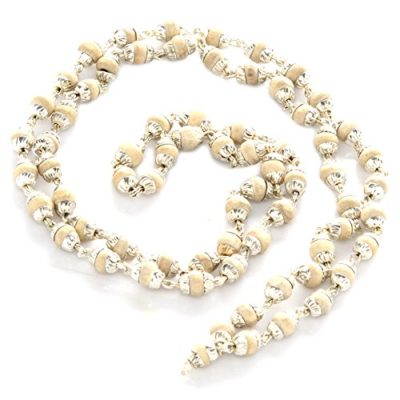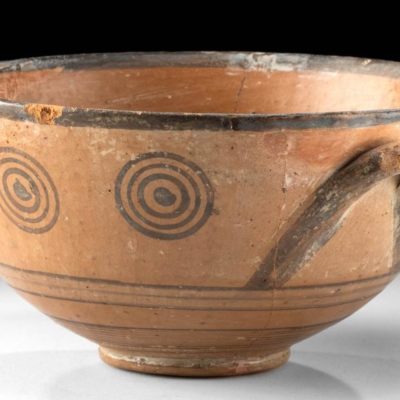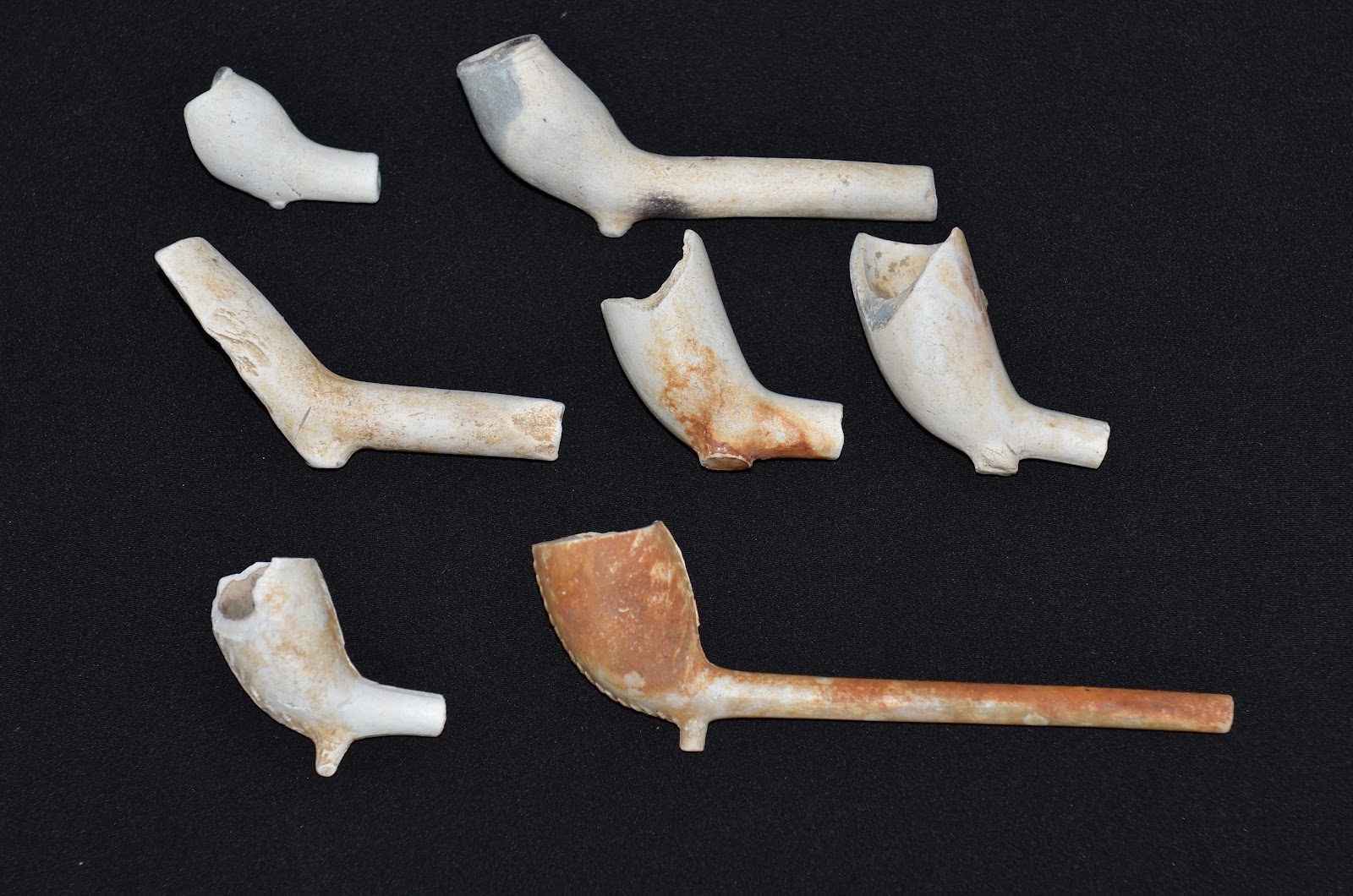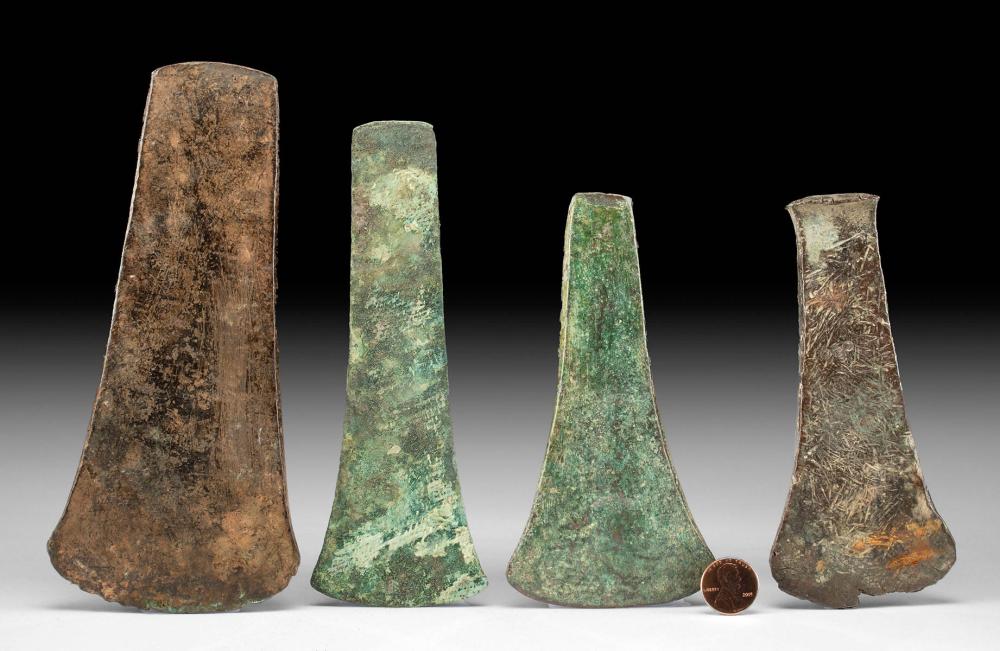How did they eat their soup without it?
A hundred plus years of archaeological research in our country has answered many questions about prehistoric and historic America and it’s inhabitants. We have learned, among other things, that the prehistoric people were hunters who probably roasted their game over open fires but who also boiled meat and wild plants in water to make soups and stews. The earliest soup making was probably accomplished in deerskin lined holes in the ground by using heated stones and clay cooking balls. As the stone or clay water heaters cooled, they would have been removed from the water and re-heated and again placed in the liquid until it reached the boiling temperature. Later steatite bowls and ceramic cooking pots were developed in which the natives could cook directly over their fires. Early European explorers made note of pots of soup constantly simmering over low fires in the Indian encampments. But just how did the Amerinds eat their soup?
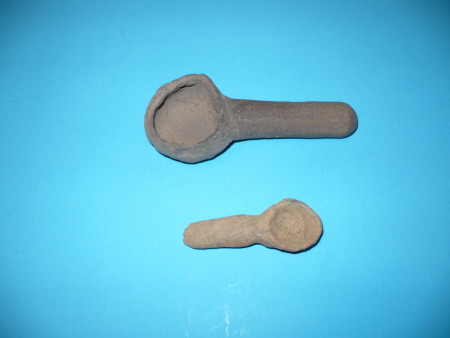
The earliest prehistoric inhabitants of the southeast probably used naturally occurring mussel and/or clam shell halves or carved hollow wood receptacles to act as soup eating implements. When the natives discovered the art of firing wet clay and turning it into stone hard ceramics over four thousand years ago, they could also have developed ceramic spoons. But no proof of this has been found. In the Piedmont, there is no evidence of handled spoons being made and used until after the Europeans entered the country. There have been some examples of ceramic spoons found on Historic Period campsites and they were probably copies of metal trade spoons. All that have been found, at least as seen by this writer, are crudely made of grit or sand tempered clay and probably date from the AD 1600-1800 time period. These clay spoon utensils are replicas of pewter spoons of the period but the handles are much thicker and vary from elongated solid cylinders to short and flat triangles. The overall length varies from about three inches to over six inches.
But if the natives made and used ceramic spoons, why have so few been found? Did the Indians make many ceramic spoons only to have them break and be tossed as trash? Not likely since at least some of the broken sherds would have been found. Or did the natives primarily use pewter spoons after trade with the Euro-Americans was established? Again not likely since few traded spoons have been found. We may never know the answers to these questions but a good guess is that the people continued to use wood and shell spoons that have not survived in the acid Piedmont soils.
The ancients certainly ate their soup but probably with few ceramic spoons. Next time we will discuss just how the prehistoric natives opened their ceramic soup cans without a can opener.
REFERENCES:
Coe, Joffre L.
TOWN CREEK INDIAN MOUND – A NATIVE AMERICAN LEGACY
1995
Rankin, Paula
Personal Communications
1996
Sassaman, Kenneth E
EARLY POTTERY IN THE SOUTHEAST
1993
Copyright © 2013, Jim Maus. All rights reserved. – Email jimmaus@yadtel.net


